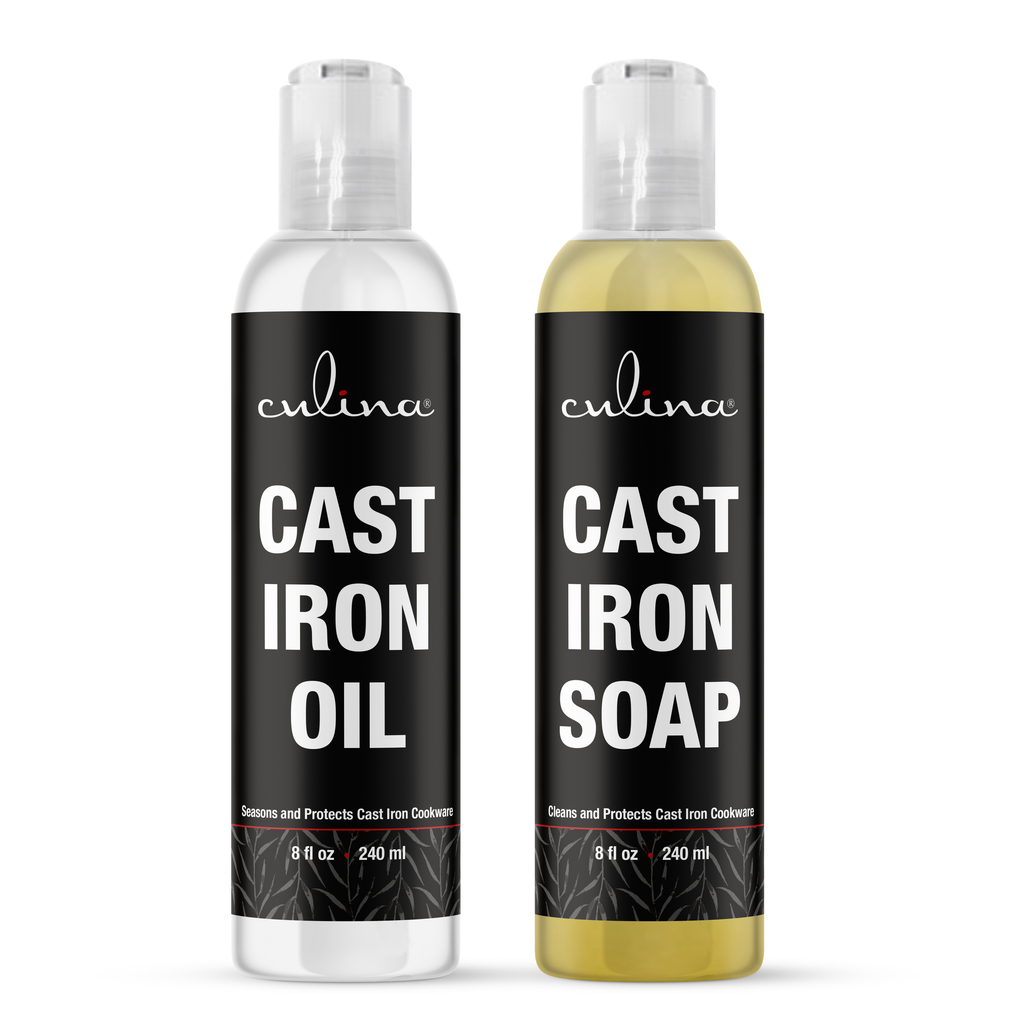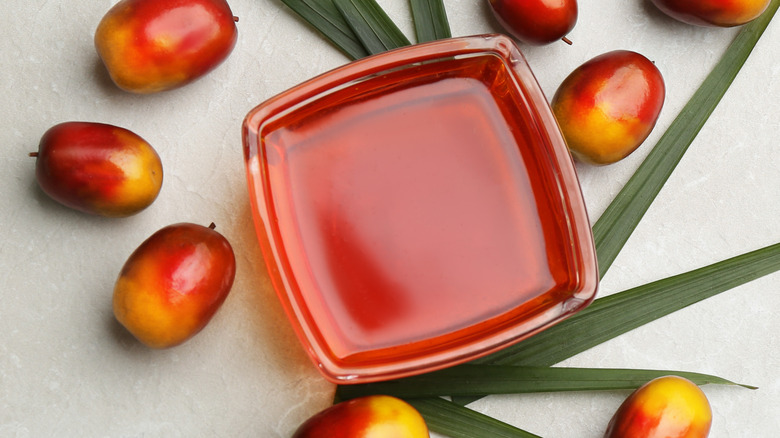How to Clean Metal Handles on Kitchen Cabinets Effectively?
Keeping the kitchen clean is essential, especially when it comes to surfaces and items that we use daily. Among these aspects, knowing how to clean metal handles on kitchen cabinets is crucial for maintaining hygiene and the overall aesthetic of your space. As a beautician, you're probably well aware of the importance of cleanliness in environments where we prepare food and handle materials. This article will guide you step-by-step on making those metallic handles shine.
Metal handles are prone to collecting grime, fingerprints, and even grease from cooking. Therefore, knowing the right techniques and products is vital. In this comprehensive guide, we'll dive into different methods for cleaning metal handles, the best cleaning solutions, and tips for keeping them spotless.

Why Clean Metal Handles?
Before we delve into the cleaning methods, lets discuss why cleaning metal handles is important. Firstly, they can harbor bacteria when not cleaned regularly. Bacteria thrive in greasy environments, and your kitchen handles are exposed to these elements every day.
Secondly, dirty handles can impact the visual appeal of your cabinets. Whether your kitchen has a modern, sleek look or a rustic charm, tarnished and grimy handles can spoil the overall aesthetic and feel of the space.

Materials Needed
To effectively clean metal handles on kitchen cabinets, gather the following materials:
- Microfiber cloths
- Soap
- White vinegar
- Olive oil or mineral oil
- Baking soda
- Toothbrush or soft-bristled scrub brush
- Water
- Optional: Commercial cleaner

Step-by-Step Cleaning Process
Step 1: Prepare the Cleaning Solution
Begin by mixing warm water with a few drops of dish soap in a bowl. You can use this mixture as a gentle cleaning solution for everyday grime. For tougher stains, consider using a solution of equal parts white vinegar and water.
Step 2: Wipe Down Handles
Soak a microfiber cloth in your prepared cleaning solution, wring it out, and start wiping the metal handles. Make sure to cover all the crevices and joints where dirt may accumulate.
Step 3: Scrub Stubborn Spots
If you encounter stubborn spots, use a toothbrush or a soft-bristled scrub brush along with a paste made of water and baking soda. This paste can effectively lift away tough grime without scratching the metal surface.
Step 4: Rinse and Dry
After cleaning, dampen a clean cloth with water to rinse off any soap residue. Finally, dry the handles thoroughly to prevent water spots or tarnishing.
Step 5: Polish for Extra Shine
To add a finishing touch, consider applying a small amount of olive oil or mineral oil to another clean cloth and buff the handles lightly. This will not only give them a nice luster but will also provide a protective barrier against future grime.

Preventative Measures to Maintain Cleanliness
Now that you know how to clean metal handles on kitchen cabinets, it is equally important to maintain them. Here are a few preventative measures:
- Quick Wipe: After cooking, quickly wipe down the handles with a damp cloth to remove any grease or fingerprints.
- Scheduled Cleaning: Set a cleaning schedule, perhaps monthly, to deep clean your kitchen handles.
- Choose Quality Materials: If you are replacing handles, opt for stainless steel or zinc handles that are easier to clean.
Common Mistakes When Cleaning Metal Handles
It's easy to make mistakes when tackling kitchen cleaning. Here are some common pitfalls to avoid:
- Using Abrasive Cleaners: Avoid using harsh chemicals or scrubbers that could scratch or damage the metal.
- Neglecting the Crevices: Dont forget to clean the crevices where dirt accumulates.
- Not Drying Properly: Failing to dry metal handles completely can lead to water spots or corrosion.
Frequently Asked Questions (FAQs)
Q1: How often should I clean my metal handles?
A: It's best to clean kitchen cabinet handles at least once a month, or more frequently if they show signs of grime.
Q2: Can I use vinegar on all types of metal handles?
A: While vinegar is a great natural cleaner, test it on a small, hidden area first as it may not be suitable for all types of metal finishes.
Q3: What should I do if my handles are rusted?
A: If rust is present, consider using a rust remover product. In more severe cases, replacement might be necessary.
For more cleaning tips, you can check out these articles: Black Kitchen Sink, Kitchen Trash Can, and Commercial Kitchen Cleaning.
As an Amazon Associate, I earn from qualifying purchases.

